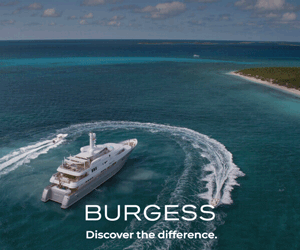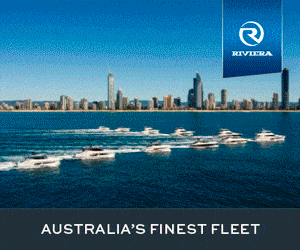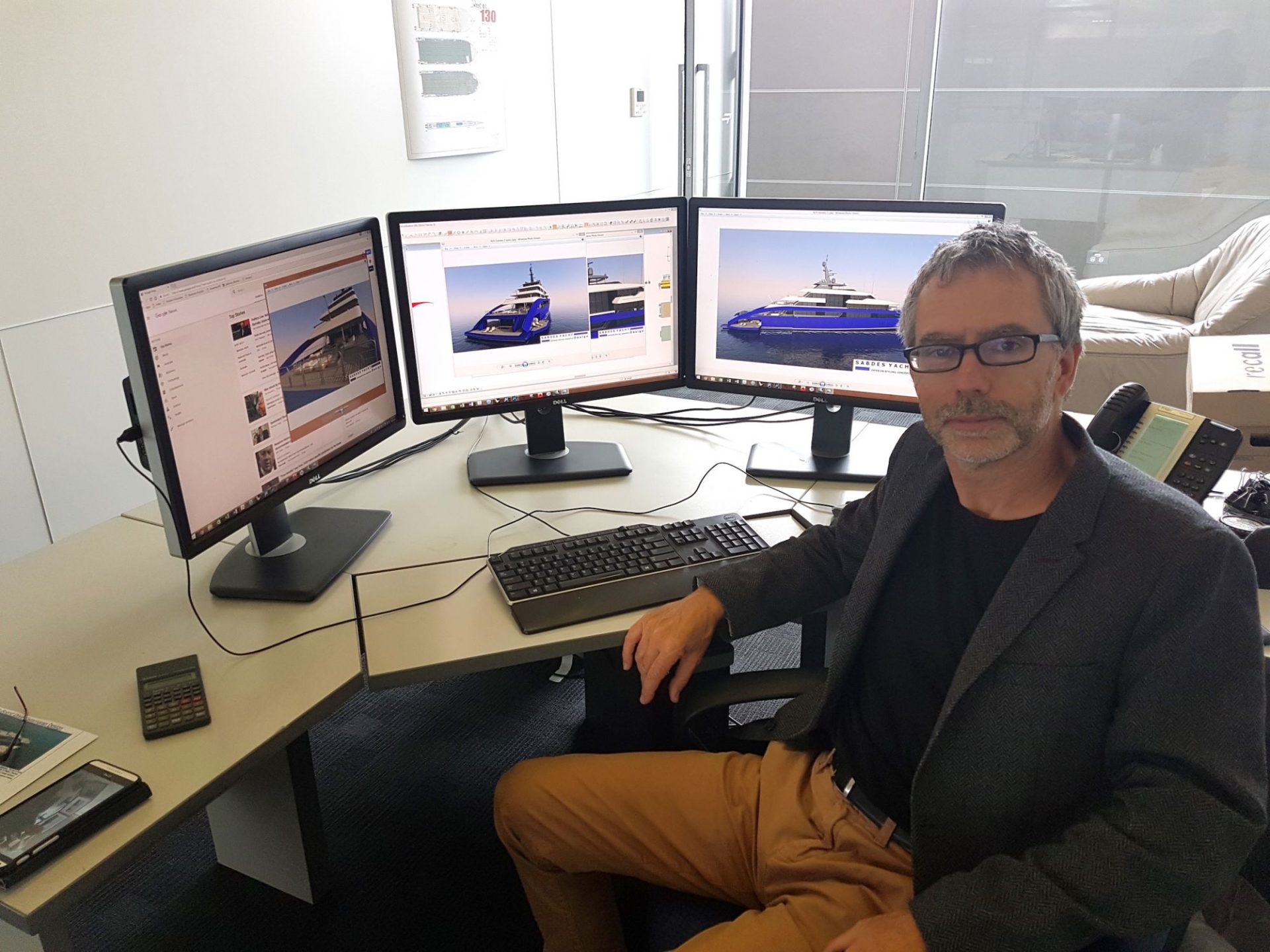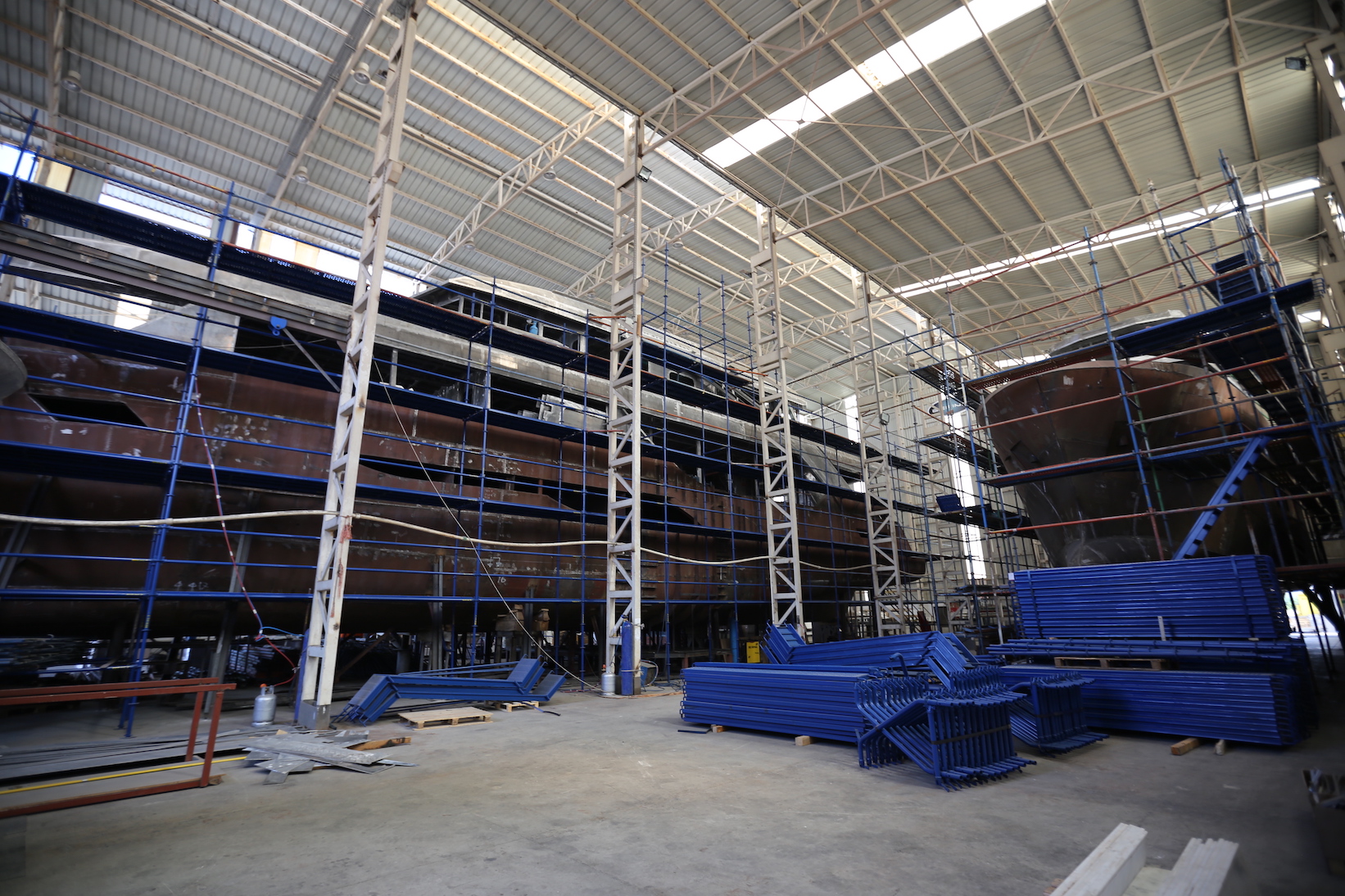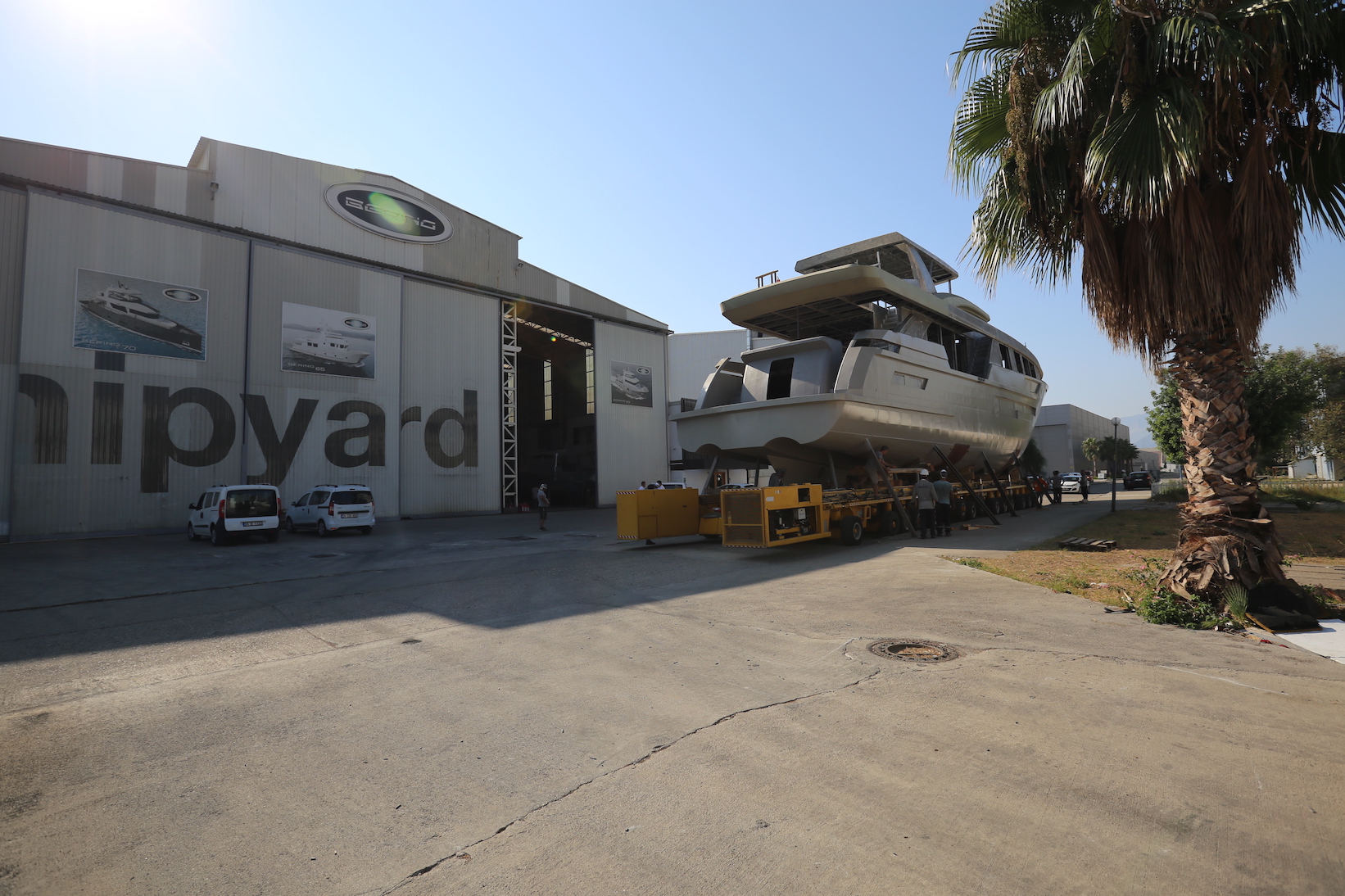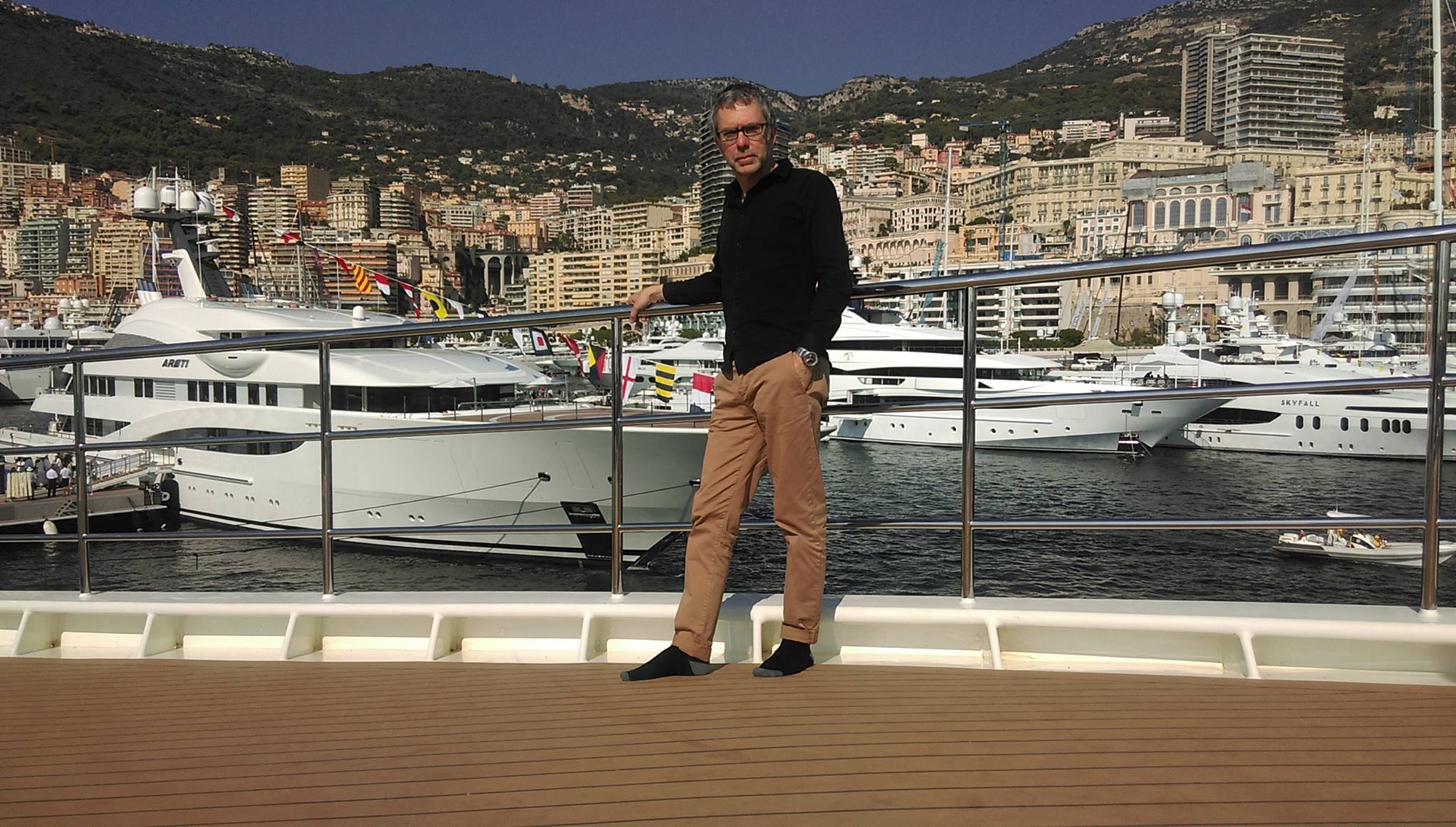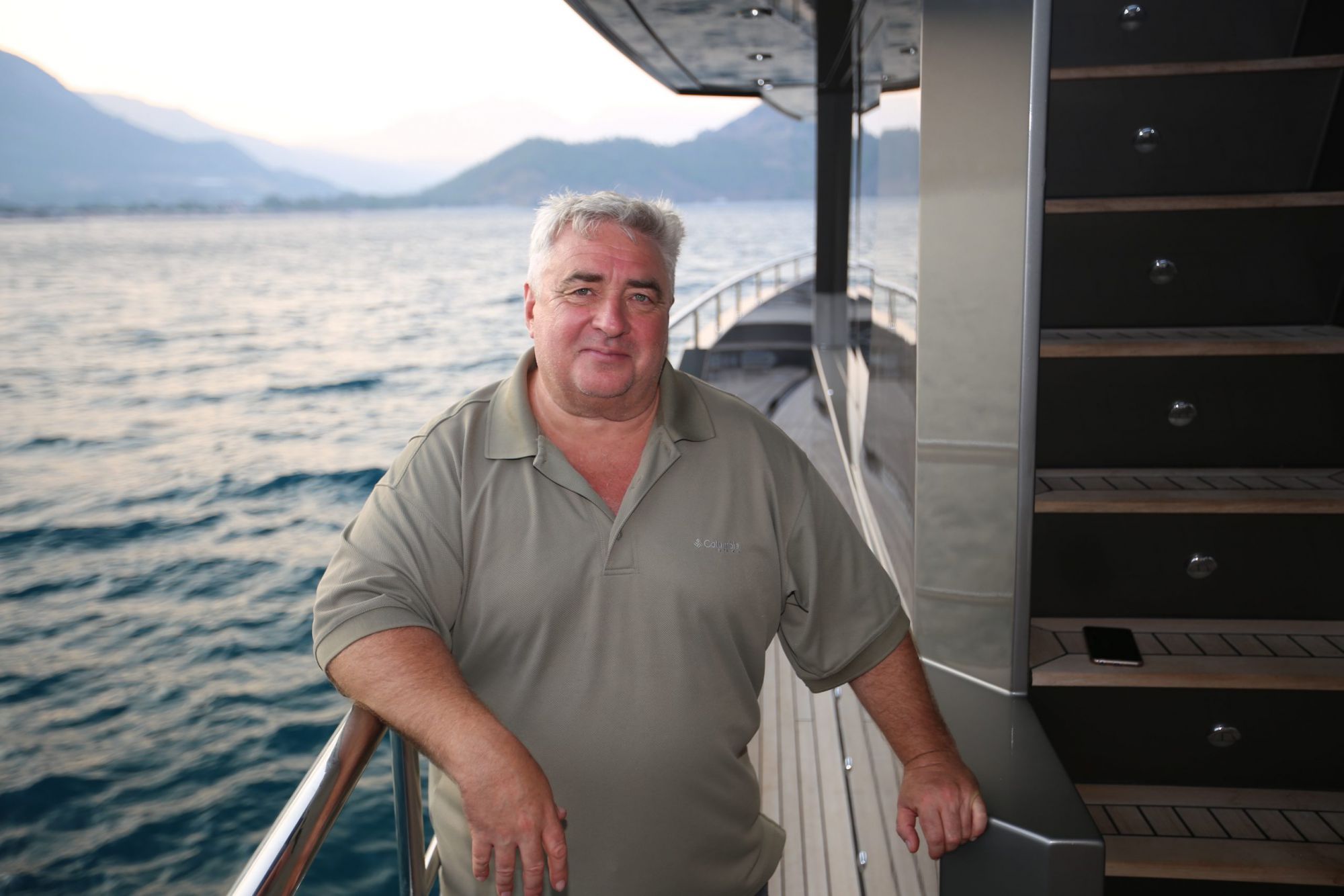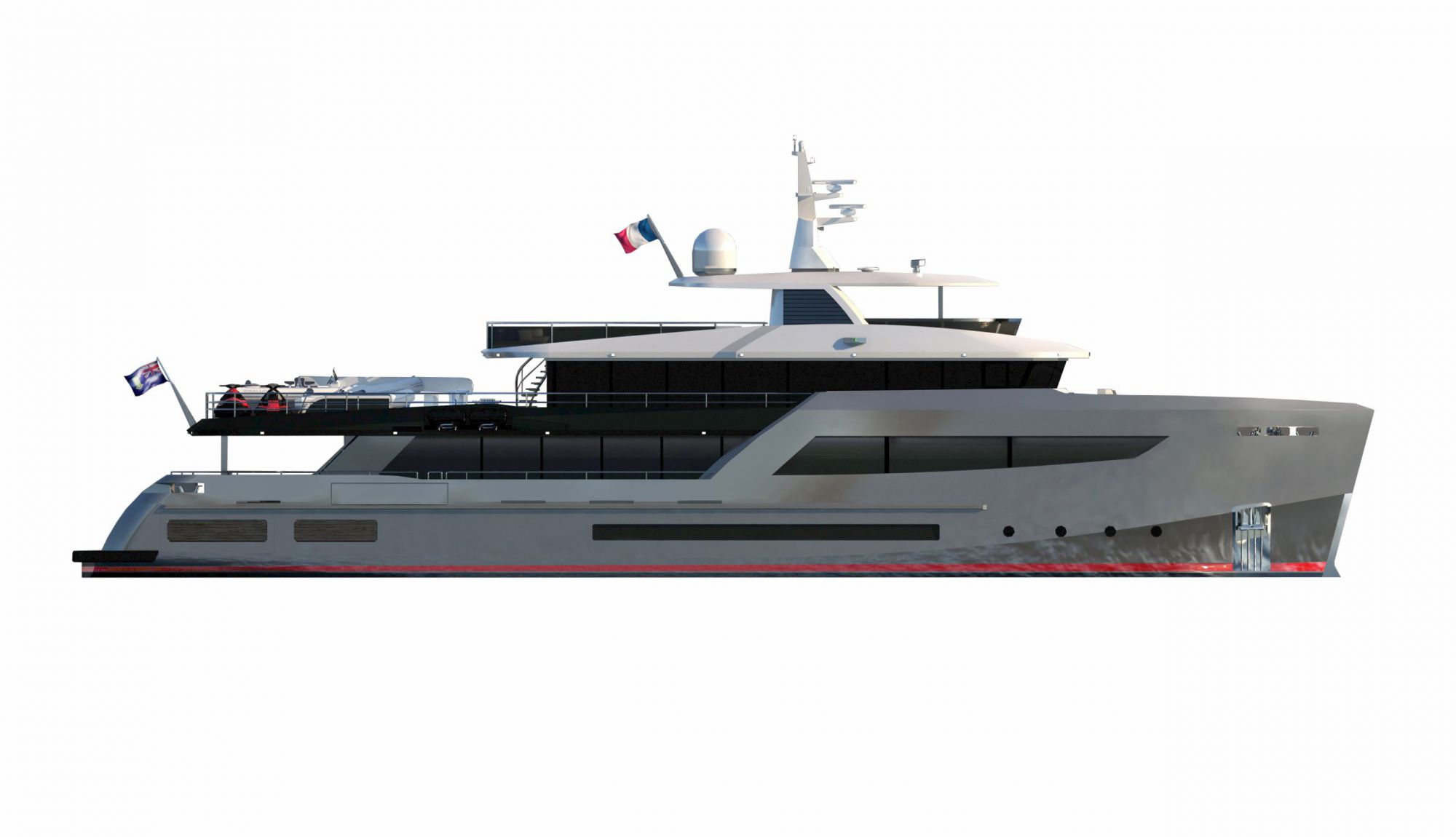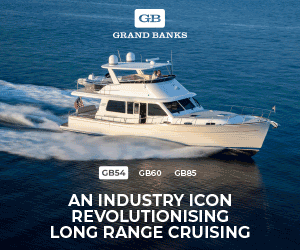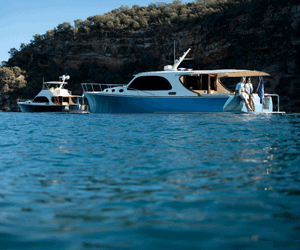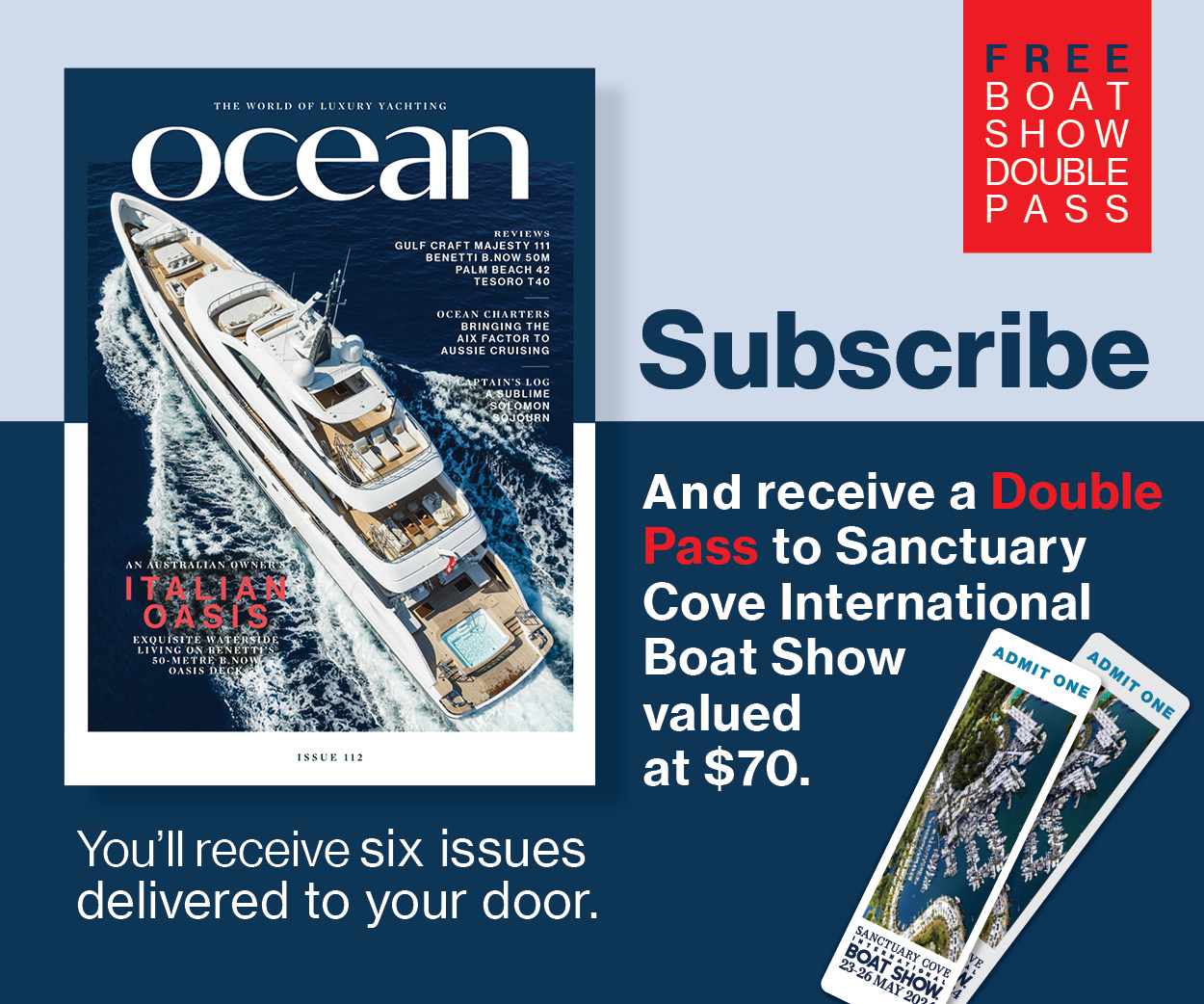Creative collaboration
Scott Blee from SABDES Design talks about his working relationship with Bering Yachts and their future direction.
07 October 2020
One of the key elements of Bering Yachts’ success lies in its longstanding relationships with professionals, and the cooperation both within the team and with its contractors.
Australian designer Scott Blee and his company Sabdes Design has collaborated with the Bering Yachts team for over ten years. In a recent interview, Scott dived into the history of his successful partnership with Bering Yachts.
Can you please share a few words about yourself and your company – when was it created, where and how?
SABDES Yacht Design began in 2000, just after my second stream of studies at the Royal Melbourne University of Technology (RMIT), where I studied Industrial Design (specialising in vehicle design).
After I achieved my bachelor degree, I began advertising my design services via my website, using my yacht concept portfolio up to that point in time. SABDES was situated in Melbourne, but I move around quite a bit now with frequent working visits to clients at shipyards in Antalya (Turkey), the Netherlands and the UK to name a few.
For how long have you and Bering been partners?
We’ve been collaborating for just over ten years now; since 2009. I’d noticed a Bering 18-metre concept in a US yacht magazine (they called it Euro-style), and I liked what they were attempting.
I thought the design needed some refinement and decided to offer them some help, reaching out via an online enquiry to Judy Waldman, a broker in the US, about discussing the design with the Bering company.
She gave my details to Alexei the owner, who contacted me that week. We hit it off well over the phone and he tasked me with restylingtheir 15-metre boat to see what I’d come up with. The rest is history, as they say.
Before Bering, in what direction were you heading and what were your achievements?
Post my first stream of studies in naval architecture, I’d started my professional design career working in a ship design office at a naval shipbuilding company in Melbourne.
I was directly involved in a large navy frigate build project, then after that began a series of concept design involvements in a range of offshore patrol vessels and paramilitary craft, as well as two 27,000-tonne aircraft carriers, working for BAE Systems.
Interestingly, I also worked on concepts for a 63-metre classic yacht conversion project for the same company. After this, I briefly shifted direction into land-based projects, becoming a concept architect on a few modern architectural developments. Then after, demand for my yacht work started increasing, so all my focus went onto yachts design.
Why yachts?
I was brought up in Hobart, Tasmania, where there were lots of waterways and boats, ships and fast catamaran ferries, but not many superyachts.
From a very young age, I was reading European yacht magazines – discovering Italian yacht design along the way – and for some reason, I got hooked on large stylish European boats. I was constantly drawing yachts in the style of Benetti and San Lorenzo, then discovered Jon Bannenberg’s superyacht designs; he made another very big impression.
Sports cars design was also a fascination for me. I had started car racing and at one point, I had to make a distinct choice as to where to put my energies – a career in racing or a career in design.
What level of input do you have in Bering’s designs?
It usually starts off with discussions with Alexei Mikhailov, Founder and President of Bering Yachts. I take this feedback on board and make my own round of suggestions based on initial work received from Bering’s naval architect.
My primary role is as the Exterior Designer, and I have good freedom for putting my ideas forward. Alexei and I constantly communicate in development and styling ideas. Refining, throwing suggestions around, and generally, we push each other along very well.
How much time does it take to create a model?
We begin by talking about the aim of the new design – its features, style, characteristics, toys etc. It’s also about getting to know who the client is and their preferences for ideas and styling.
These discussions go to and fro, which firms up our ideas. The time spent on each model varies somewhat on the size, but generally, we have a first round for the preliminary design, then after customer contract signing, there’s a second modelling and refinement phase. It can take one to two months for the preliminary design to resolve, then another for the production model.
What are you working on now with Bering?
We recently finished our work with the flagship of the Bering fleet, the Bering 145. Now we are working on the updates on styling for the B65, the B75, and an extraordinary 55-metre Explorer yacht, which will simply be groundbreaking.
After all these years, what can you say about the Bering style, how it has changed and what it is going to look like in future?
Bering started out with very seaworthy, traditional-style trawler yachts, and we have been investing in a modern design evolution of the style since. Most recently, we have introduced changes in our hull form on some of the larger models, to be more straight bowed with longer waterlines. This does many positive things, including giving more forward space and a nice modern style, all without impacting seaworthiness.
Bering is also a custom builder, so depending on the client, we can push ahead with innovation easily. We already see large glass areas in cabins and lounges, and interior and exterior spaces merging more freely. Fold-down balconies and beach clubs are already being built into new Berings.
The future style of Bering is going to be an evolution, not a revolution. We are building ever-bigger boats, so expect this too, but there will always remain the Bering ethos of safety, comfort, and seaworthiness.
Which yachts are most popular now?
Explorer Yachts, for sure. Also, SUV explorer-style models, which are boats with less capability than true explorers, but with similar functional purposes.
Where do you find your inspiration?
Boats, yachts, architecture, cars, products – sometimes I just see an element of a style; a small detail in a product that I like.
What does your typical working day look like?
First some good coffee, then I like to get straight into a few hours of design work to capture any ideas that may have formed while sleeping. The day usually has a few breaks for refreshing, exercise, and often I find I’m still burning the candle late at night. (The sign of a design-aholic, I think?)
What about your free time, how do you prefer to spend it?
Any off-time I have is spent on the water. I own a few boats, a sailing yacht, a sliding-seat rowing boat and a classic Australian flybridge motor cruiser. I also like to travel, even if it’s mainly for work, and ski, play tennis and drive cars. (I’m known to collect a few, too.)


